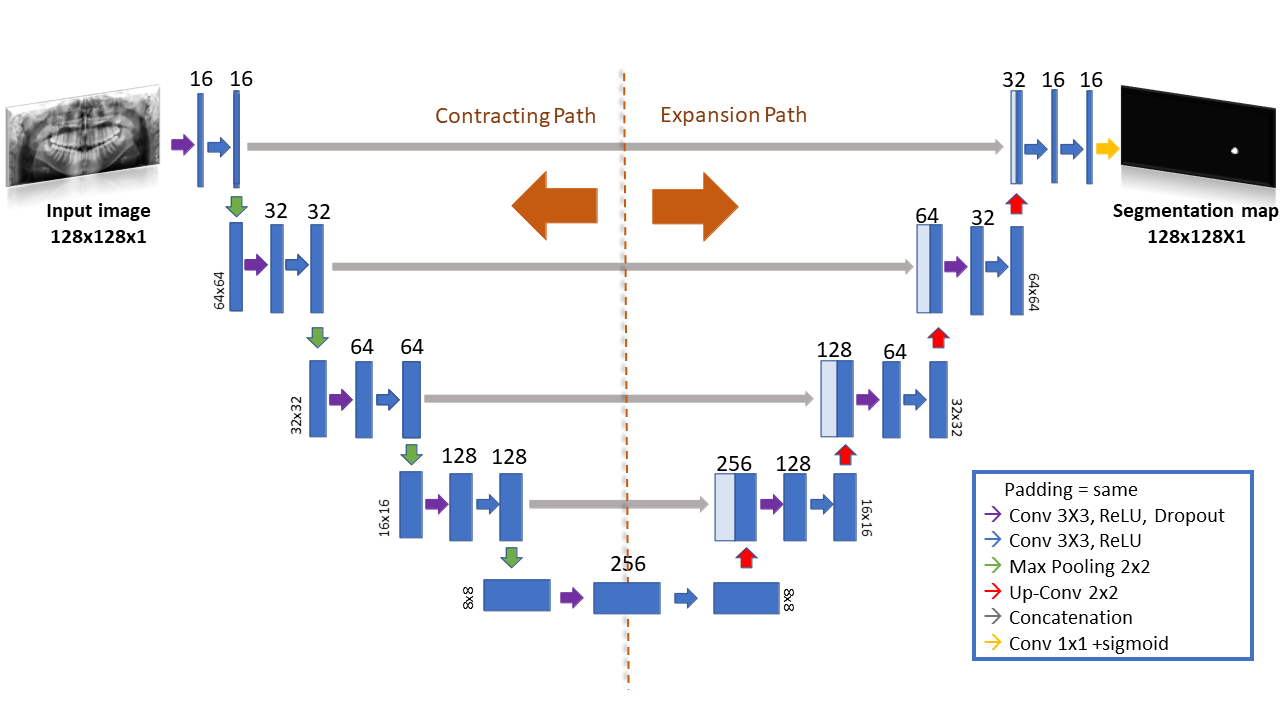Red Deer Optimization with Deep Learning based Robust White Blood Cell Detection and Classification Model
Main Article Content
Abstract
The use of deep learning techniques for White Blood Cell (WBC) classification has garnered significant attention on medical image analysis due to its potential to automate and enhance the accuracy of WBC classification, which is critical for disease diagnosis and infection detection. Convolutional neural networks (CNNs) have revolutionized image analysis tasks, including WBC classification effectively capturing intricate spatial patterns and distinguishing between different cell types. A key advantage of deep learning-based WBC classification is its capability to handle large datasets, enabling models to learn the diverse variations and characteristics of different cell types. This facilitates robust generalization and accurate classification of previously unseen samples. In this paper, a novel approach called Red Deer Optimization with Deep Learning for Robust White Blood Cell Detection and Classification was presented. The proposed model incorporates various components to improve performance and robustness. Image pre-processing involves the utilization of median filtering, while U-Net++ is employed for segmentation, facilitating accurate delineation of WBCs. Feature extraction is performed using the Xception model, which effectively captures informative representations of the WBCs. For classification, BiGRU model is employed, leveraging its ability to model temporal dependencies in the WBC sequences. To optimize the performance of the BiGRU model, the RDO is utilized for parameter tuning, resulting in enhanced accuracy and faster convergence of the deep learning models. The integration of RDO contributes to more reliable detection and classification of WBCs, further improving the overall performance and robustness of the approach. Experimental results demonstrate the superiority of our Red Deer Optimization with deep learning-based approach over traditional methods and standalone deep learning models in achieving robust WBC detection and classification. This research highlights the possibility of combining deep learning techniques with optimization algorithms for improving WBC analysis, offering valuable insights for medical professionals and medical image analysis.
Article Details
References
R.A Zitar, L. Abualigah and N.A. Al-Dmour. “Review and analysis for the Red Deer Algorithm”. Journal of Ambient Intelligence and Humanized Computing, pp.1-11,2021.
N. Ganesh, S. Jayalakshmi, R. Narayanan, M. Mahdal, H.M. Zawbaa and A.W. Mohamed . “Gated Deep Reinforcement Learning with Red Deer Optimization for Medical Image Classification”. IEEE Access, 2023.
S. Abou El-Seoud, M. Sial and G. McKee. “Detection and classification of white blood cells through deep learning techniques” 2020.
S.N.M. Safuan, M.R.M. Tomari and W.N.M. Zakaria. “Cross Validation Analysis of Convolutional Neural Network Variants with Various White Blood Cells Datasets for the Classification Task”. International Journal of Online & Biomedical Engineering, vol.18, no.2 2022.
R. Yamashita, M. Nishio and R.K. Do, R.K. Gian, and K. Togashi.,“ Convolutional neural networks: An overview and application in radiology”,” Insights Imag, vol.9, no.4, pp.611-629 2018.
Y. Liu, L. Zhang, Z. Hao, Z. Yang, S. Wang, X. Zhou and Q. Chang. “An xception model based on residual attention mechanism for the classification of benign and malignant gastric ulcers”. Scientific Reports, vol.12, no1, pp.15365 2022.
Pande, S. D., Kanna, R. K., & Qureshi, I. (2022). Natural Language Processing Based on Name Entity With N-Gram Classifier Machine Learning Process Through GE-Based Hidden Markov Model. Machine Learning Applications in Engineering Education and Management, 2(1), 30–39. Retrieved from http://yashikajournals.com/index.php/mlaeem/article/view/22
A.H. Alharbi, C.V. Aravinda, M. Lin, P.S. Venugopala, P. Reddicherla and M.A. Shah. “Segmentation and classification of white blood cells using the UNet”. Contrast Media & Molecular Imaging, vol.1, no.1, pp.1-1,2022.
M.D. Joshi, A.H. Karode, and S.R. Suralkar. “White blood cells segmentation and classification to detect acute leukemia”. International Journal of Emerging Trends & Technology in Computer Science (IJETTCS), vol.2, no.3, pp.147-151 2013.
Y. Sun, J. Zhou and K. Ye. “White blood cells and severe COVID-19: a Mendelian randomization study”. Journal of personalized medicine, vol.11, no.3, p.195 2021.
K. Almezhghwi, and S. Serte. “Improved classification of white blood cells with the generative adversarial network and deep convolutional neural network”. Computational Intelligence and Neuroscience, vol.1, no.1, pp.1-1, 2020.
G. Wang, W. Li, M.A. Zuluaga, R. Pratt, P.A. Patel, M. Aertsen, T. Doel, A.L. David, J. Deprest, S. Ourselin and T. Vercauteren. “Interactive medical image segmentation using deep learning with image-specific fine tuning”. IEEE transactions on medical imaging, vol.37, no.7, pp.1562-1573 2018.
G. Litjens, T. Kooi, B.E. Bejnordi, A.A.A Setio, F. Ciompi, M. Ghafoorian, J.A. Van Der Laak, B. Van Ginneken, and C.I. Sánchez. “A survey on deep learning in medical image analysis”. Medical image analysis, vol.42, no.1, pp.60-88 2017.
Singh, S. ., Wable, S. ., & Kharose, P. . (2021). A Review Of E-Voting System Based on Blockchain Technology. International Journal of New Practices in Management and Engineering, 10(04), 09–13. https://doi.org/10.17762/ijnpme.v10i04.125
Y. Lu, X., Qin, H. Fan, T. Lai and Z. Li. “WBC-Net: A white blood cell segmentation network based on UNet++ and ResNet”. Applied Soft Computing, vol.101, no.1 p.107006 2021.
C. Cheuque, M. Querales, R. León, R. Sala and R. Torres. “An efficient multi-level convolutional neural network approach for white blood cells classification”. Diagnostics, vol.12, no. 2, pp.248 2022.
M. Gupta, K. Rajnish and V. Bhattacharjee . “Impact of parameter tuning for optimizing deep neural network models for predicting software faults”. Scientific Programming, 2021,vol.1, no.1, pp.1-17 2021.
S. Nazlibilek, D. Karacor, T. Ercan, M.H. Sazli, O. Kalender and Y. Ege. “Automatic segmentation, counting, size determination and classification of white blood cells”. Measurement, vol.55, no.1, pp.58-65 2014.
D.M.U. Sabino, L. da Fontoura Costa, E.G. Rizzatti and M.A. Zago. “A texture approach to leukocyte recognition”. Real-Time Imaging, vol.10, no.4, pp.205-216,2004.
M. Jiang, L. Cheng, F. Qin, L. Du and M. Zhang. “White blood cells classification with deep convolutional neural networks”. International Journal of Pattern Recognition and Artificial Intelligence, vol.32, no.09, pp.1857006 2018.
M. Li, C. Lin, P. Ge, L. Li, S. Song, H. Zhang, L. Lu, X. Liu, F. Zheng, S. Zhang and X. Sun. “A deep learning model for detection of leukocytes under various interference factor”. Scientific Reports, vol.13, no. 1, pp.2160 2023.

